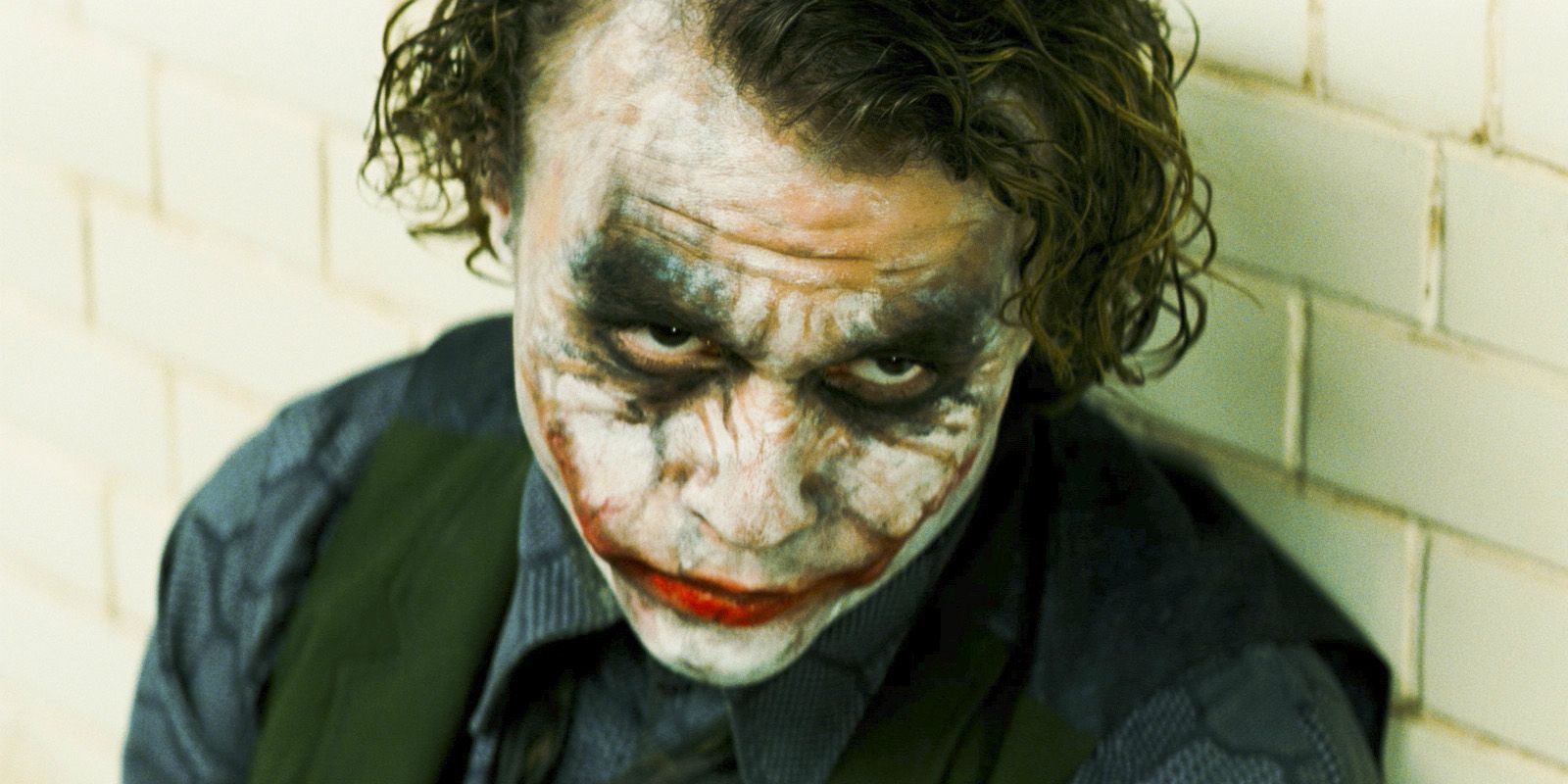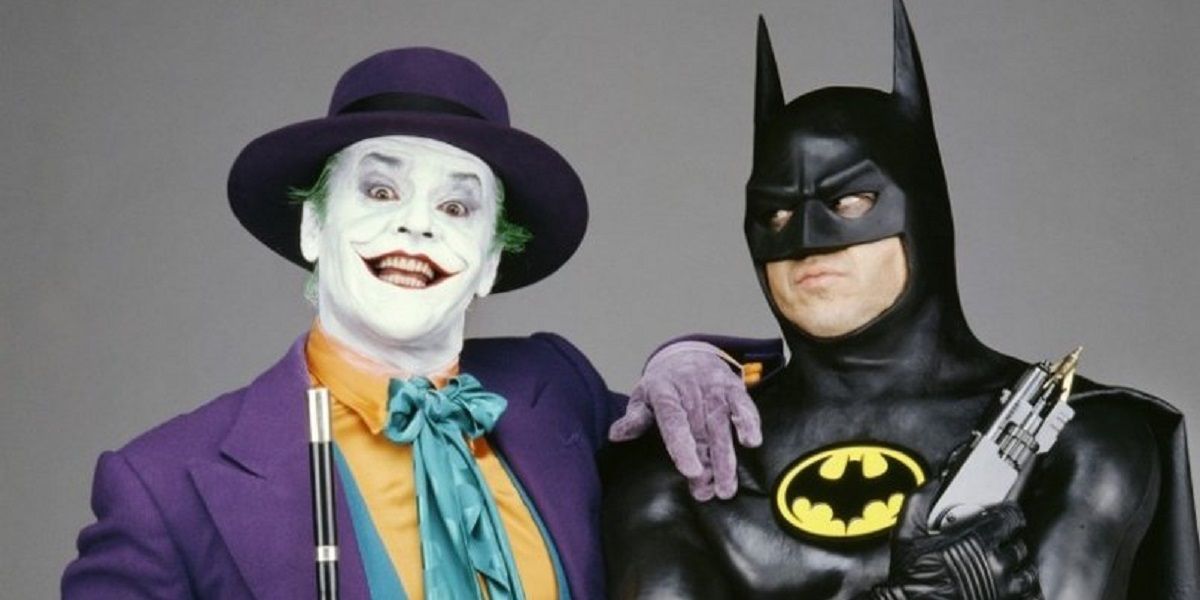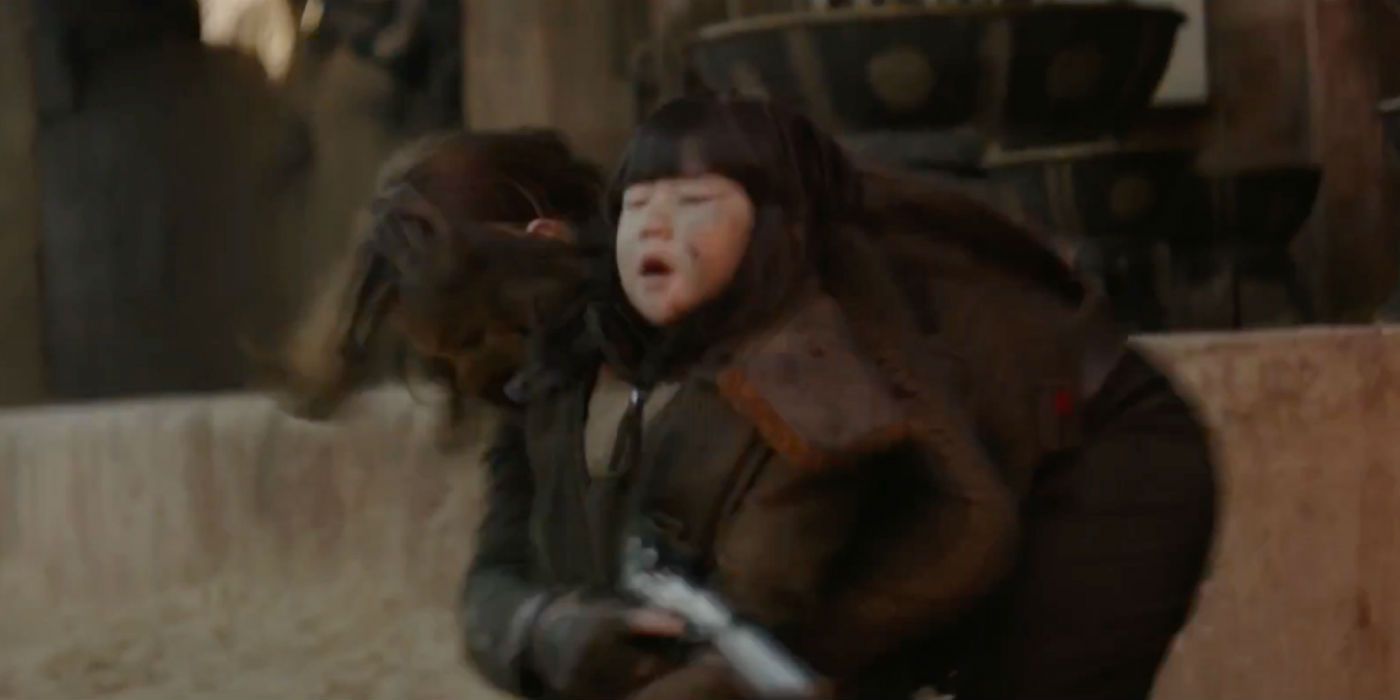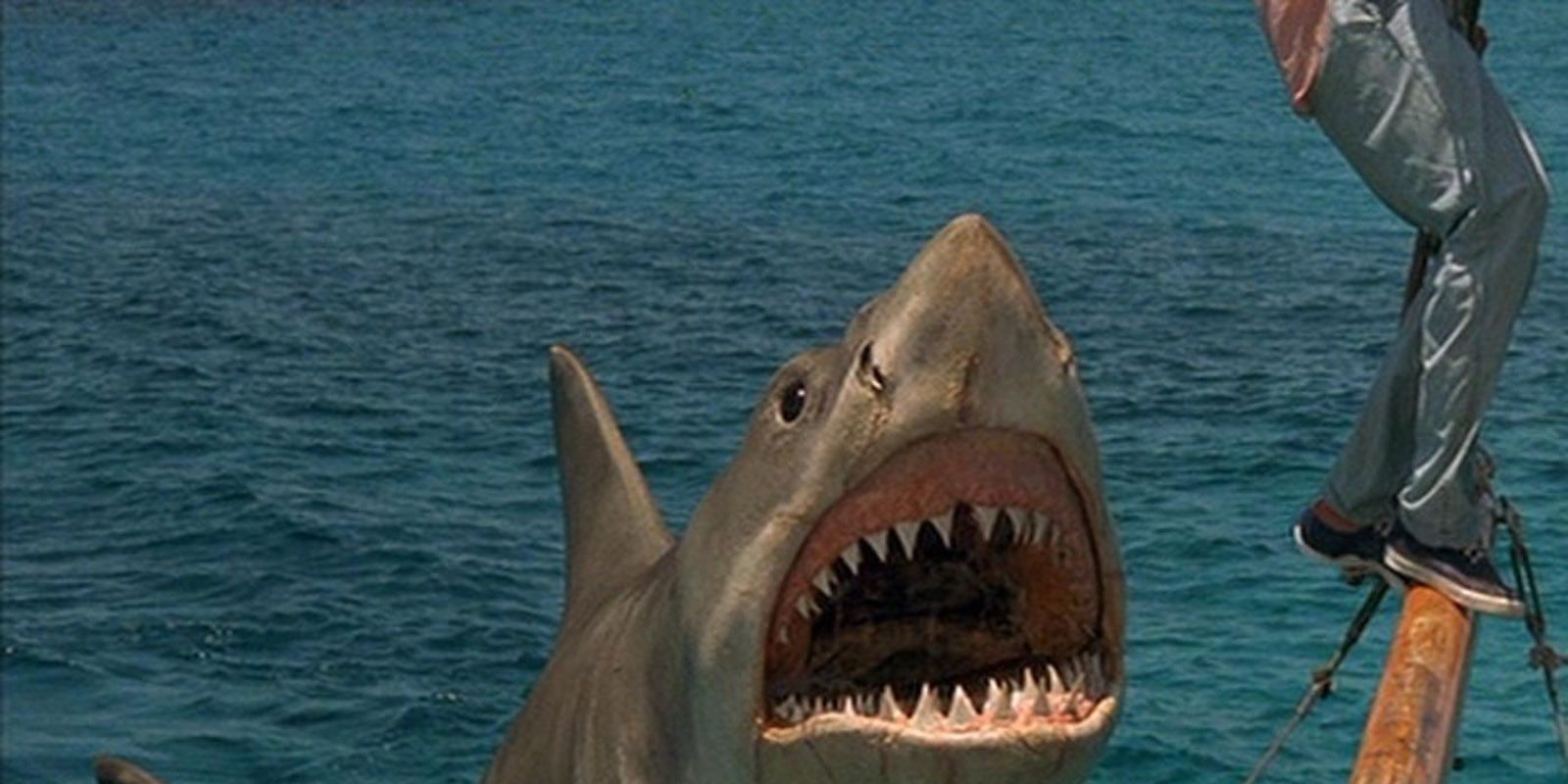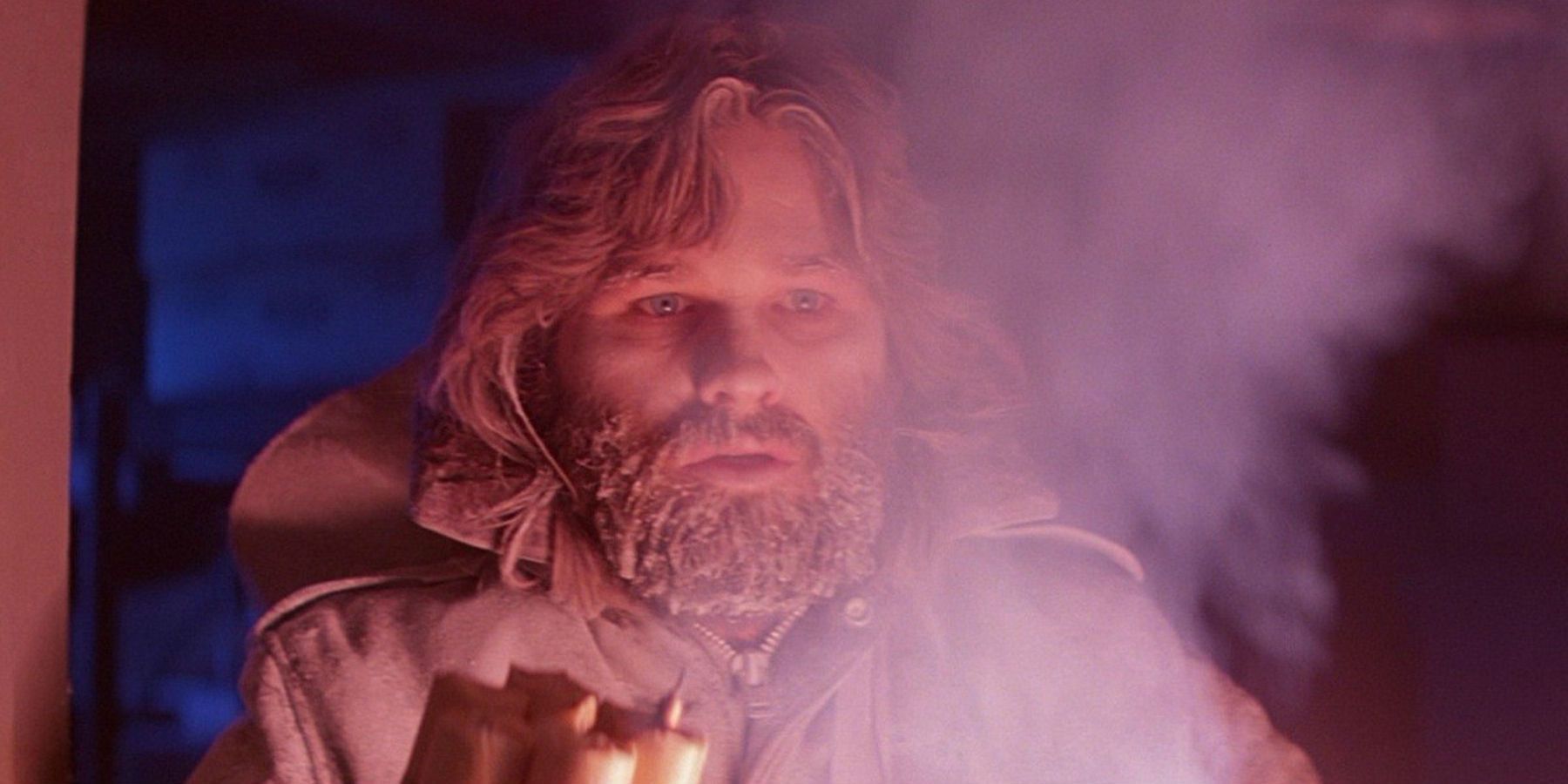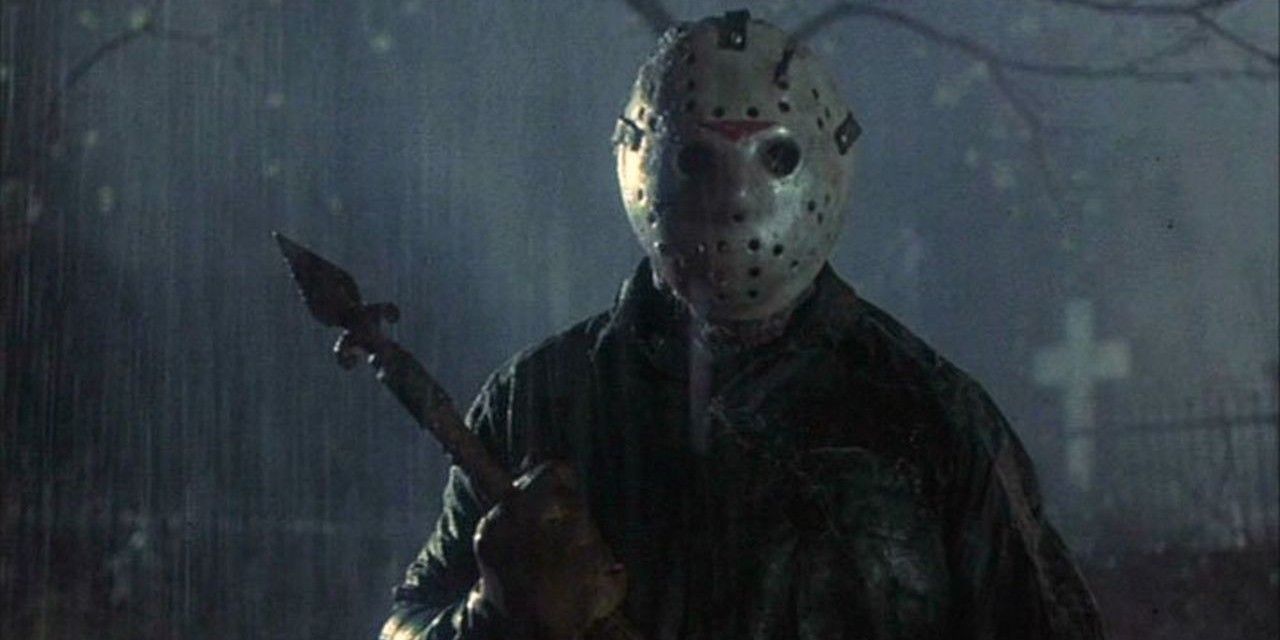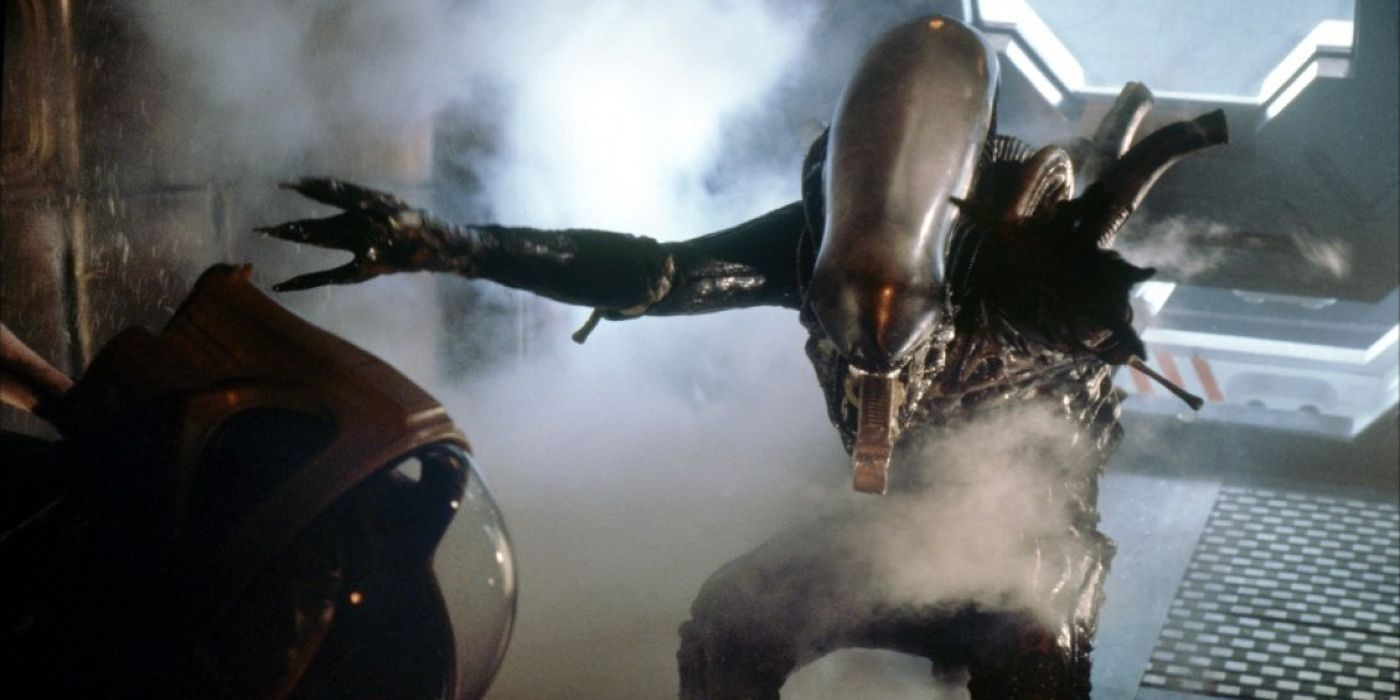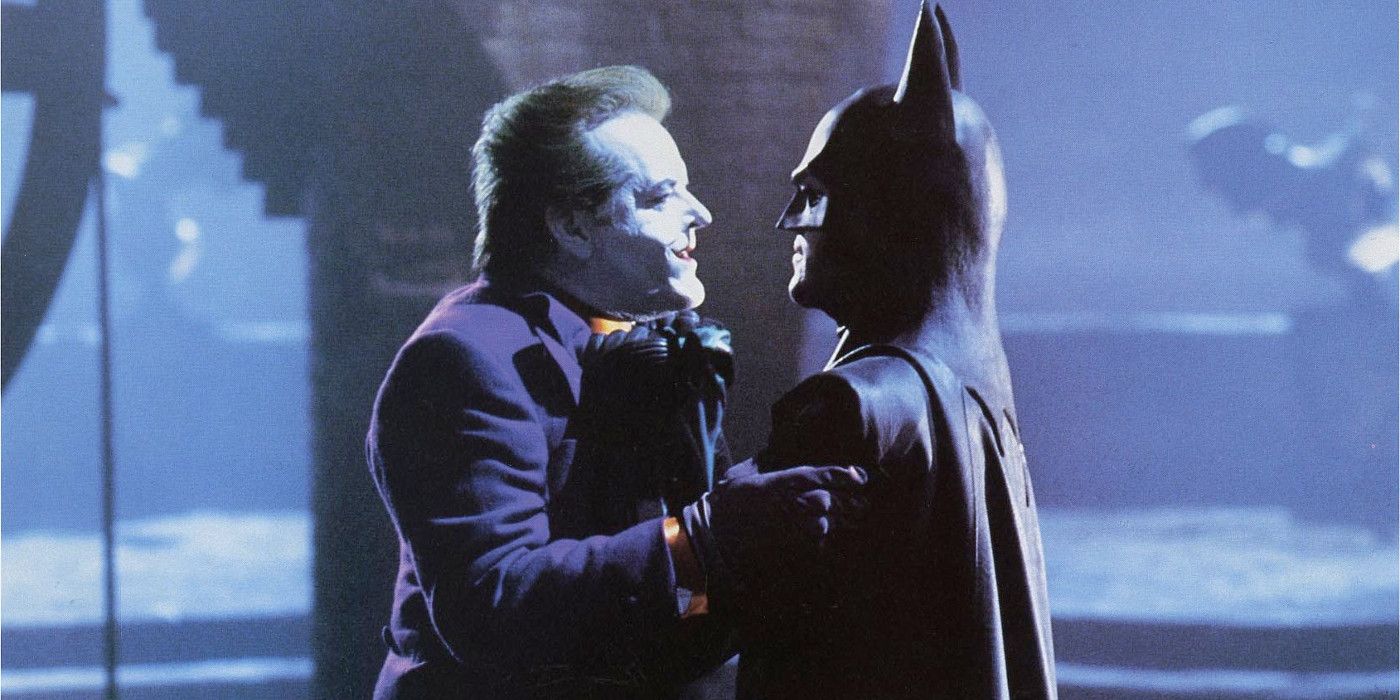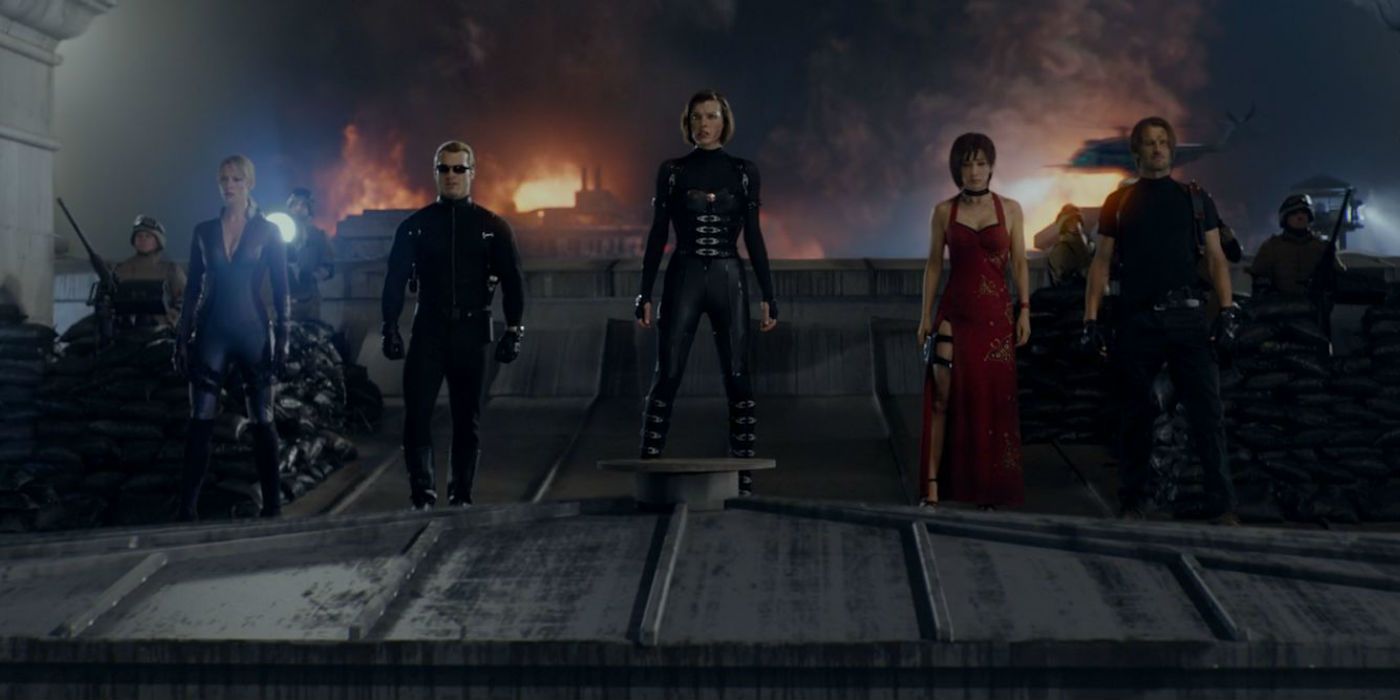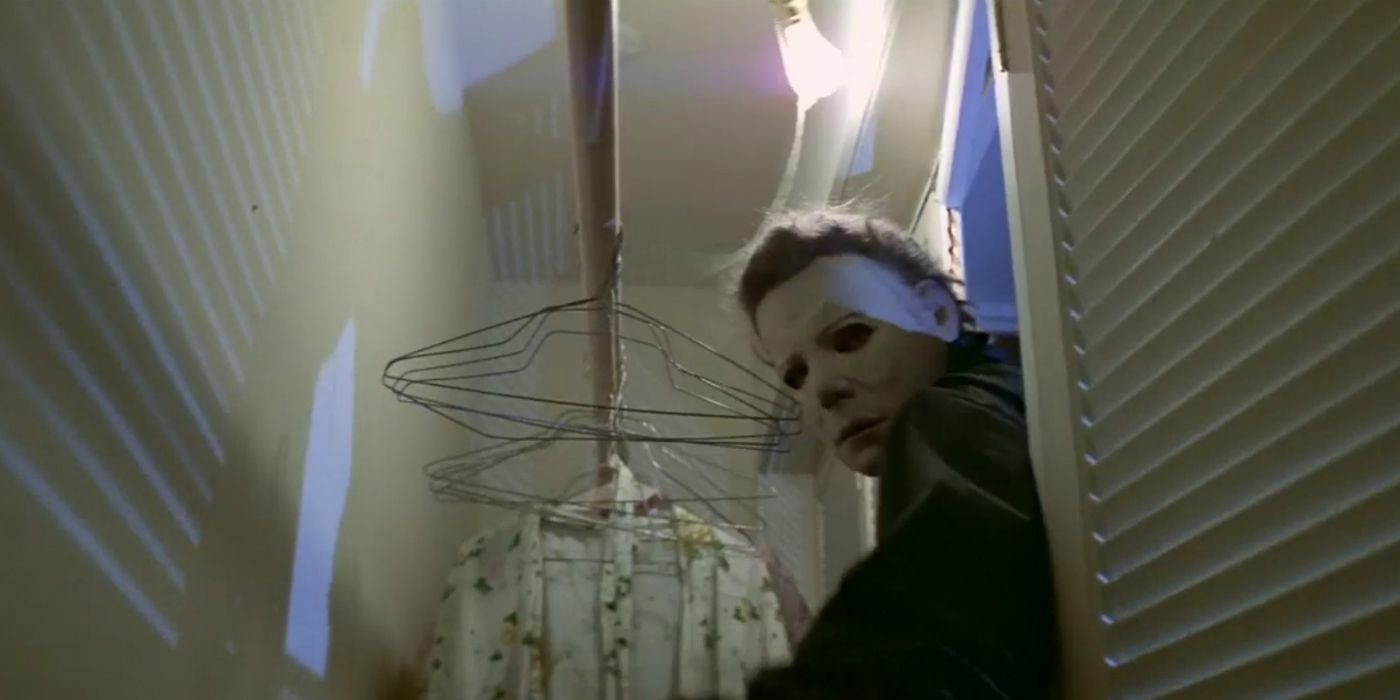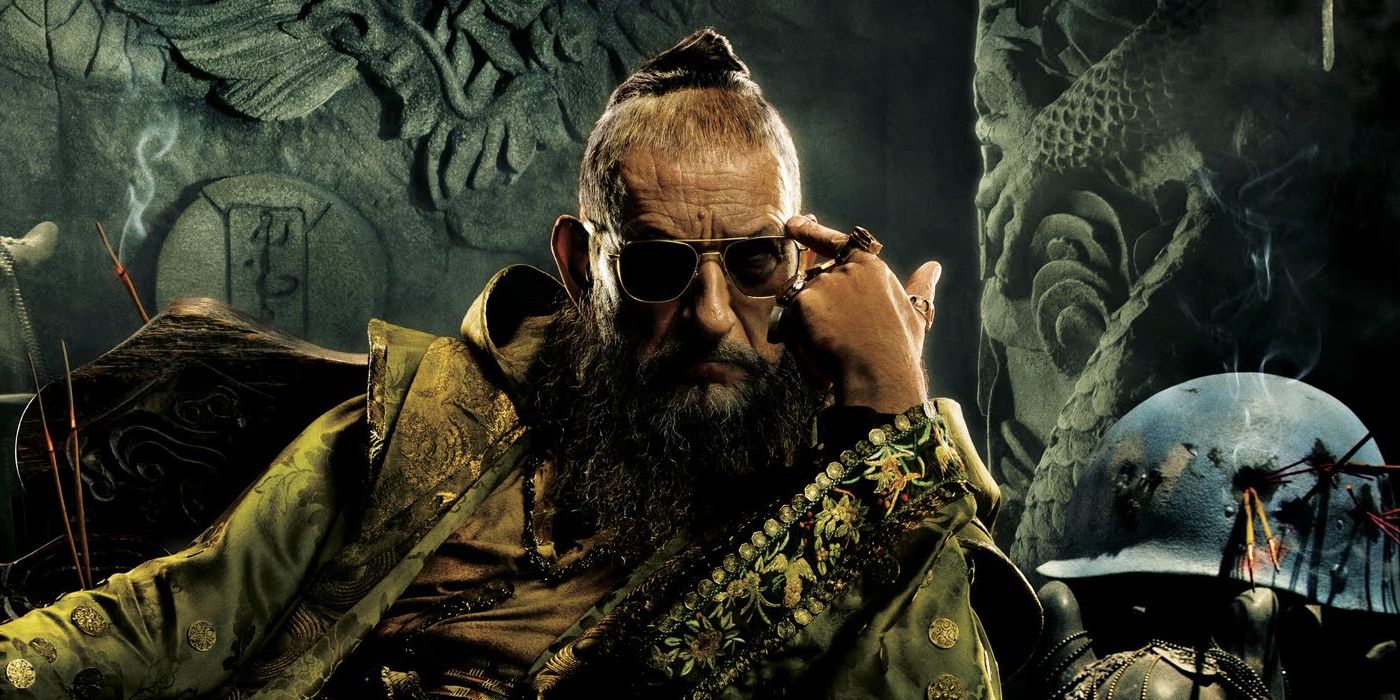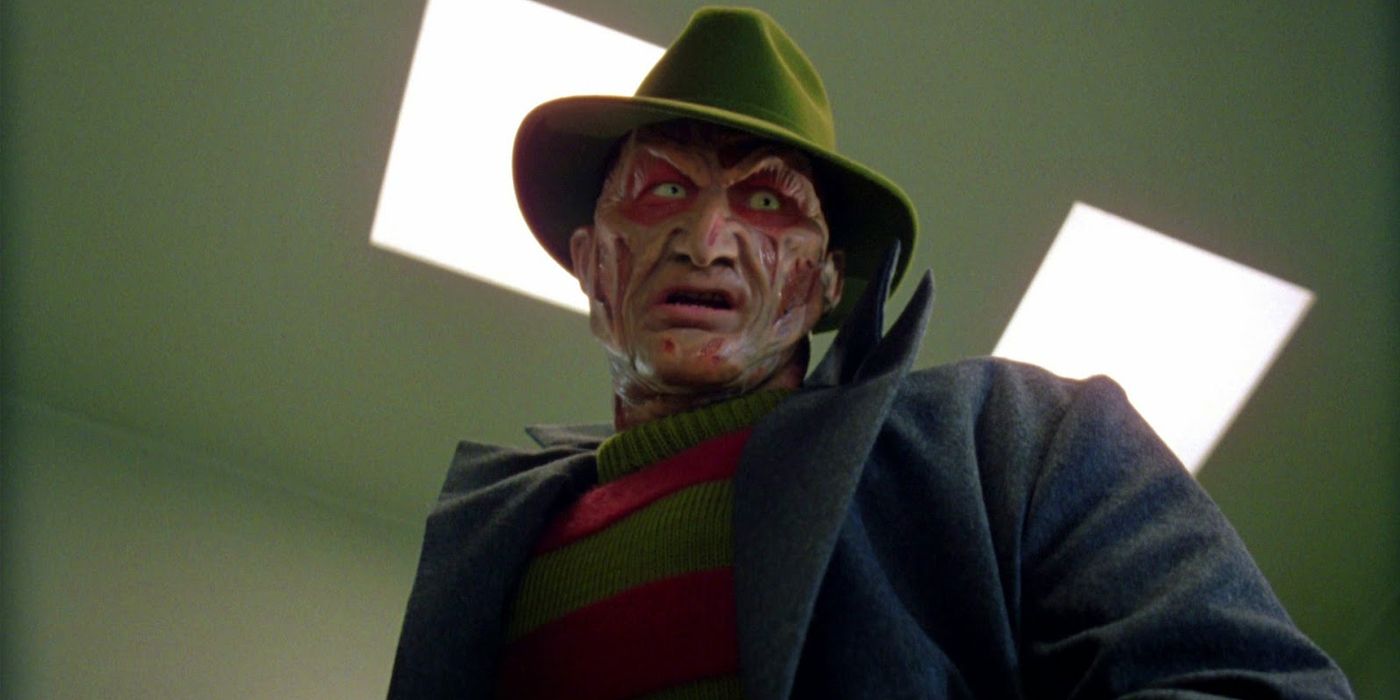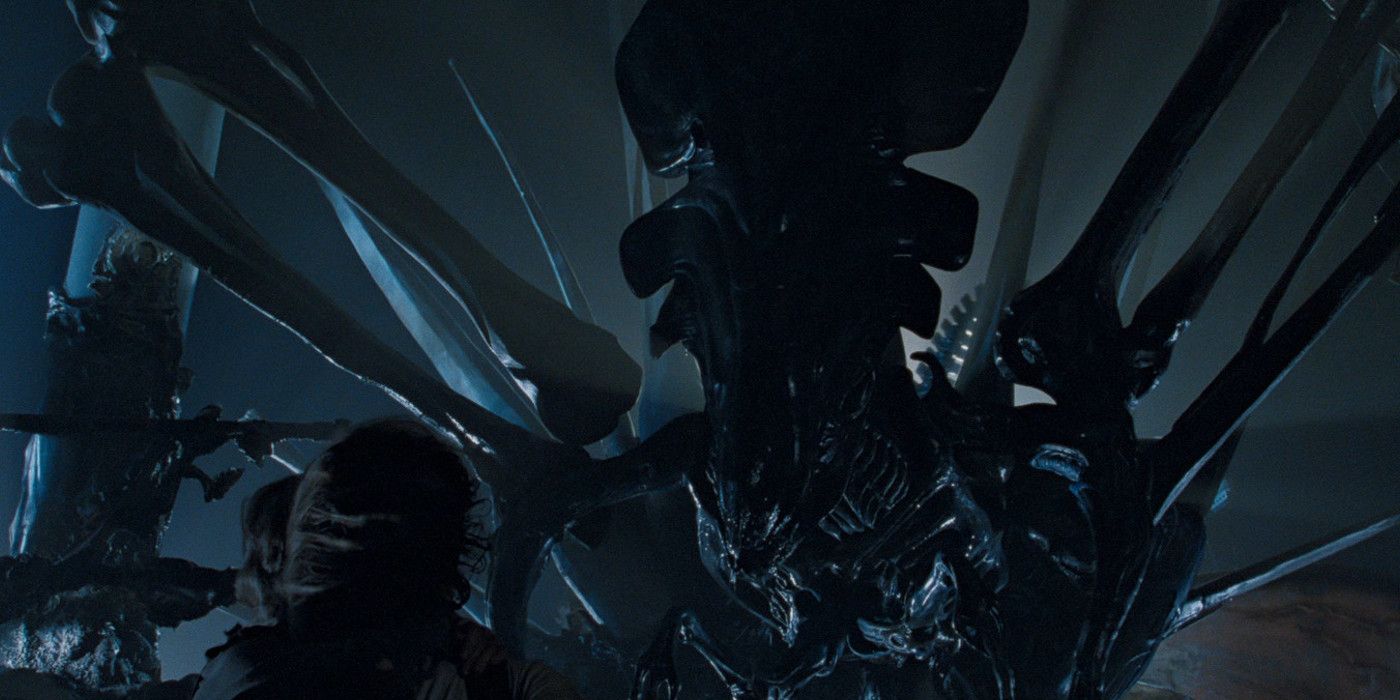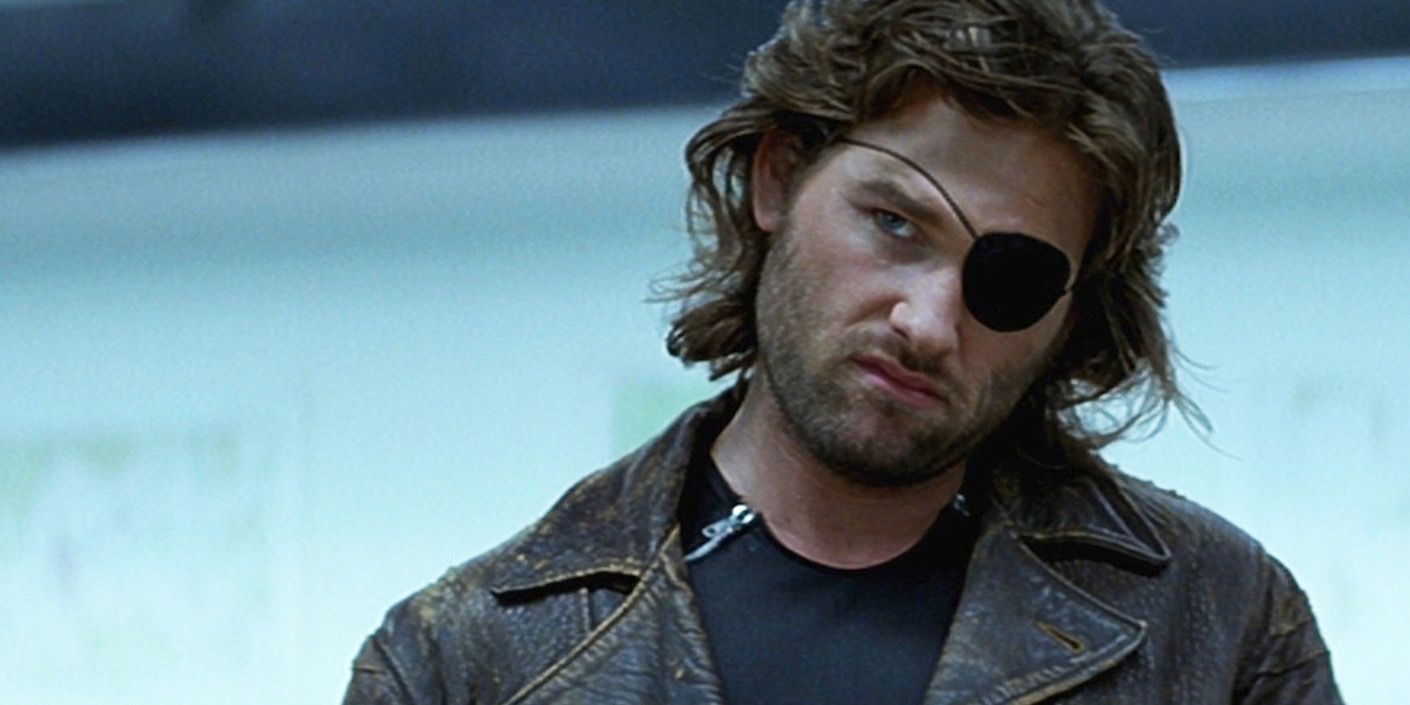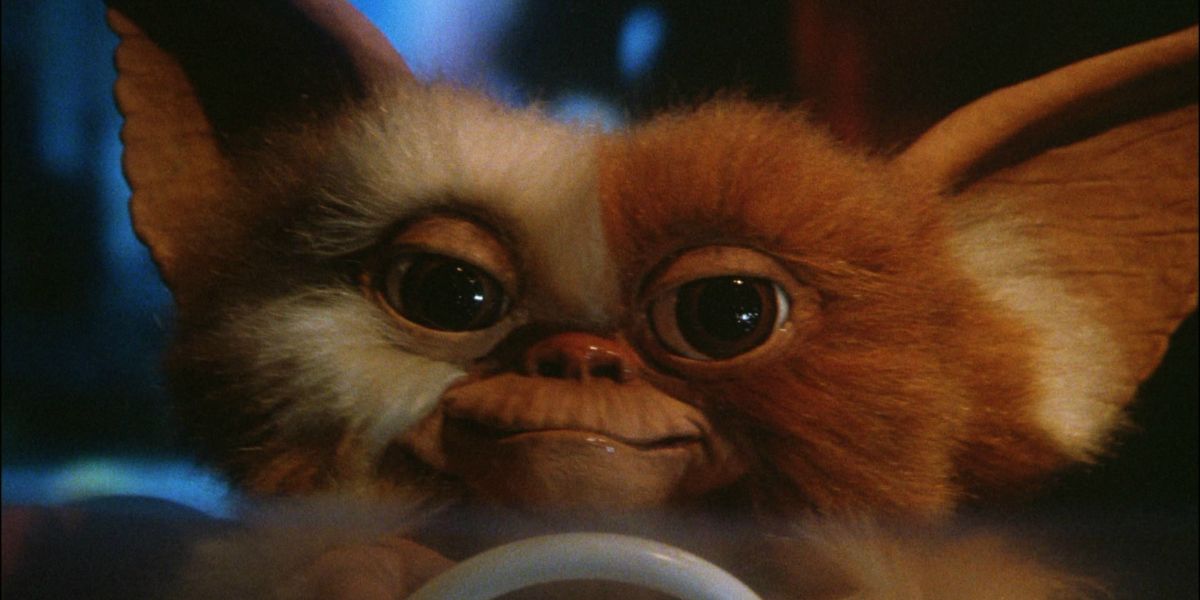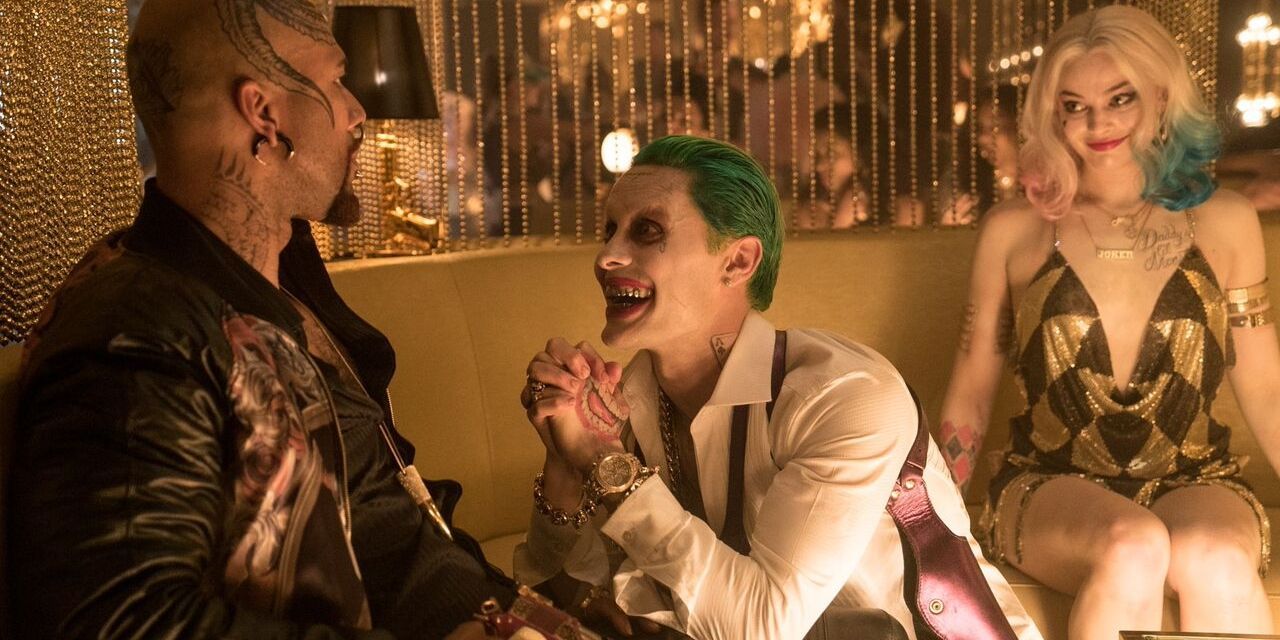Before the advent of VHS or DVD, there weren’t many options for fans to revisit movies they loved. Some movies might get re-released or occasionally turn up on television, but for many, novelizations were often the only way to relive the experience.
Novelizations are often based on early drafts of the screenplay, meaning they can differ in significant ways from the final product, containing scenes that were removed from the movie entirely. The writer can also bring their own creativity to it, expanding on character motivation or introducing new subplots to flesh out the story.
With the rise of home media and Netflix, there’s less and less demand for movie novelizations, though they still have a loyal fanbase. The best ones can be meaningful companions to the film, offering a deeper insight into the world and the characters. Fans also like to dive for buried treasure, seeking out cool or shocking subplots that are only found in the books.
Whether it’s a scene removed from the movie or something the author added to it, let’s look at 15 Amazing Movie Subplots You’ll Only Find In The Novelizations.
15. The Joker's Fate - The Dark Knight Rises
Heath Ledger’s performance in The Dark Knight was instantly iconic, and despite rough plans to bring The Joker back for the next movie, Chris Nolan knew recasting would be a mistake. He ultimately decided not to reference the character at all out of respect for his late friend, which felt odd in the movie itself considering The Joker’s lasting impact on Gotham.
It feels somewhat fitting that such a mythic character doesn’t get any sense of closure, but fans looking for clues to his whereabouts had to go fishing in The Dark Knight Rises novelization. An excerpt from the book reveals that The Dent Act made it near impossible for criminals to plea insanity and relax in Arkham, so the vast majority were transferred to Blackgate Prison.
Everyone besides The Joker, that is, who apparently remains the sole inmate at the Asylum. There’s also a rumor that he might have escaped, and while it’s not much to go on, it provides some food for thought as to where the character could be.
14. Pendra's Death On Jedha - Rogue One: A Star Wars Story
While Rogue One heroine Jyn Erso is presented as a badass outlaw, the audience gets an early insight into her heroic side when she rescues a young girl during a battle. The girl – named Pendra – isn’t seen again after this scene, but since her planet Jedha is blasted by the Death Star soon after, her future looked grim.
Rogue One’s novelization was written by Alexander Freed, and it explores some elements that were glossed over in the movie with a bit more depth. The reader gets more of an insight into the rebellion and the relationships between characters, and there's also a bleak look at what happened to Pendra during the Jedha's destruction.
The book reveals Pendra and her family looking on in horror as the huge fireball rolls towards them, and her final moments are spent in her father’s arms. This moment humanizes the tragedy of Jedha even further, but such a scene probably wasn’t used in the movie since it’s remarkably grim.
13. Jumping The Voodoo Shark - Jaws The Revenge
The horror on author Hank Searls' face can only be imagined when he was given the script for Jaws The Revenge and tasked with writing a coherent novelization from it. The plot of the film makes little sense, with a psychic shark hunting down the Brody family for revenge; rest assured, that’s only the beginning of the silliness.
To Searls' credit, he gave it his best shot, creating a book with decent setpieces and expanding on the story in interesting – if somewhat silly – ways. It turns out that Michael Caine’s friendly pilot is an undercover agent chasing an evil drug kingpin, and that the shark is actually the offspring of the bloodthirsty beasts from Jaws and Jaws 2.
Searls also tried to explain the shark’s revenge motive as a voodoo curse, which is placed on the family by a hateful witch doctor. This dude hates Michael Brody, so he places a hex on the entire clan, but since he's also linked to the shark, when it dies, so does he. It’s goofy and preposterous, meaning it suits the movie perfectly.
12. Benning's Original Death - The Thing
Despite being a box-office disappointment upon release, John Carpenter’s The Thing is now considered a horror masterwork. This is down to the terrific performances, taut direction, and memorably gooey special effects work.
During editing, Carpenter was ruthless with his footage, tossing out whole sequences he felt slowed the pace, including a lengthy lights out scene in the camp. This sequence and many others found their way into Alan Dean Foster’s novel, which was based on an early draft. A lot changed between this script and the movie, so it’s fascinating to see what was trimmed.
Chief among the deletions was a scene removed for budget reasons, where some infected dogs escape and three of the group give chase. They find the dogs transformed into powerful creatures, one of which drags poor Bennings to his death under the ice before MacCready roasts it with a flamethrower.
In the movie, Bennings is burned by the group when he’s found turning into a creature instead.
11. Meet Jason's Father - Friday The 13th Part VI: Jason Lives
One of the abiding mysteries of the Friday The 13th series revolves around Jason’s father Elias, who has yet to appear in any of the movies. He was set to make an appearance during the ending of part six, but this scene was cut before filming.
The scene later appeared in the Friday The 13th Part VI novelization, where Elias comes to visit his son’s grave. It’s revealed that Elias pays the caretaker to look after the graves of Jason and Pamela Voorhees, and while he doesn’t speak, it’s heavily implied that he knows his son isn’t truly dead.
This mysterious scene was meant to set up the character’s appearance in the next movie, which would also explain how Jason turned out the way he did. The studio felt this would hook them into a story revolving around an evil old man, so the scene had to go, and only survives now in the book. The character was also meant to make an appearance in Jason Goes To Hell, but again, he didn’t make the cut.
10. The Airlock - Alien
Ridley Scott realized he had a killer design with the titular creature in Alien, and the less it was seen, the more terrifying it became. During editing, he cut back on several sequences, including the bizarre crab walk it did when cornering Lambert and the true fate of Dallas.
Alan Dean Foster’s adaptation has several unique scenes, including one where the crew discover the creature feeding inside a food locker, and running away when Dallas tries to blast it with his flamethrower. The book also restores a moment that was partly shot, where the crew discover the Alien near an airlock and plan to blast it out into space.
They almost manage it too, only for an alarm to sound and scare it off. The creature also receives a cut, where causes acid to eat through the door and decompress the ship. This is actually what causes Ripley’s mysterious nosebleed when confronting Ash, which doesn’t make much sense in the film, as the scene explaining it wasn’t filmed.
9. The Joker Chase - Batman
1989 was truly the summer of Batman, where the movie became the biggest thing on Earth and any merchandise associated with it was gobbled up by fans. This includes the novelization by Craig Shaw Gardner, which follows the movie closely while adding an additional action scene midway through.
After The Joker leaves Vicki Vale’s apartment, Bruce chases after his van, swinging across rooftops in pursuit. Eventually, he jumps into a car driven by Alfred and dons his costume. The chase ends when he corners The Joker at a parade, who then takes off in a rocket-powered statue modeled after himself.
A similar scene was written for the movie, where Bruce gave chase on horseback (?) instead. It ended with The Joker causing the death of Dick Grayson’s parents during a circus routine, with the future Robin appearing in a cameo swearing vengeance. This scene was wisely cut -- as was Grayson's character -- but Kiefer Sutherland was in the running for the role while it was still in the script.
8. The Washington Battle - Resident Evil: The Final Chapter
Resident Evil writer/director Paul W.S. Anderson has a bizarre habit of dropping characters and plotlines between entries, with The Final Chapter being an especially brazen example. The last shot of the previous movie, Retribution, teased an epic clash in Washington, with the survivors overlooking an apocalyptic battle from the White House.
Alongside series regular Alice were key characters from the game, Ada, Leon and Jill. The Final Chapter opens in the aftermath of this unseen battle, where Alice is apparently the only survivor. The film never explains the fate of her friends, nor Chris Redfield, who went missing after part four. For a “final” instalment, it didn’t do much to tie up loose ends.
Series fans turned to the novelization by Tim Waggoner for closure, which spends time detailing what happened in Washington. Basically, Wesker betrayed everyone, leading to Leon and Ada being consumed by a huge blob monster, and Jill being stabbed through the eye by Wesker.
Thankfully, young Becky actually survives by hiding in a safe room and reunites with Alice at the end of the book.
7. The Pagan Origin - Halloween
One of John Carpenter’s criticisms of the widely-maligned Halloween remake is that Rob Zombie gave Michael Myers a backstory, where he thought the character should be a blank slate. This why the original is so terrifying; there’s no logic or explanation behind his actions, he just is.
The 1979 novelization decided to provide an elaborate backstory to explain Michael's evil and tie it in with the origins of Halloween itself. The opening chapters are set in Ireland, centuries before the events of the movie, and they deal with a deformed teen who kills the woman he loves when she rejects him. He’s soon put to death by his clan, and the book implies that his spirit goes on to possess others over the years.
The book gives further insight into Michael before he turns evil as well, where he’s upset about the "evil voices" in his head prior to murdering his sister. It also details his time in the asylum, where he terrorized the staff and fellow patients if they upset him. We imagine that Zombie had a copy of the novelization on his bookshelf when he set out to reboot the horror classic.
6. The Mandarin Is Real - Iron Man 3
It’s fair to say that The Mandarin twist in Iron Man 3 was a tad divisive, with some fans feeling it was a great piece of misdirection, while others think it was insulting to a classic villain. At the very least, Marvel deserves credit for keeping it under wraps, since the reveal wasn’t even hinted at in pre-release material.
This extends to the junior novelization, which came out a month in advance. The novel completely removes the twist involving The Mandarin being a ploy and Killian being the real villain. The Mandarin is very real in the book, and in the end, he and Killian escape to fight another day.
The book ends with him swearing vengeance on Tony, setting up future sequels. Anyone hoping to glean potential spoilers snapped up a copy of this book, which expertly managed to conceal the twist. For those who were disappointed with how Iron Man 3 turned out, the book at least provides a look at how The Mandarin being the real villain might have played out.
5. The Author's Diary - New Nightmare
Wes Craven's New Nightmare was the director’s first foray into meta-horror, which led to the Scream trilogy later on. The central concept of New Nightmare is that the crew behind Nightmare On Elm Street are haunted by an evil being taking Freddy’s form, and to stop him, they have to make another movie.
It’s a cerebral, tense piece of work, and arguably the director’s most underrated movie. Author David Bergantino smartly expanded on this meta-theme for his novelization, with the story being interspersed with journal entries from the writer himself. He’s having horrible dreams based off of scenes from the movie, and believes Freddy might be chasing after him too.
It ends claiming that Bergantino went missing after completing the book, which adds another creepy blurring of reality and fantasy. It also includes a cameo from Johnny Depp during a funeral scene, which was written into the script by Craven, who was too meek to actually ask the actor.
4. The Hive Drones - Aliens
Alan Dean Foster’s novelization of Aliens again expands on the movie in several ways, reworking key sequences to keep things fresh. Ripley is far more damaged by her experiences from the original film, and the biology of the Aliens differ in various ways.
Foster adds another unique element to The Hive itself, with the addition of albino xenomorphs tasked with taking care of it. These non-aggressive aliens take the eggs laid by the Queen, and instead of their tongues being another mouth, they instead had a slimy excreting probe used to build the hive, sticking eggs (and unsuspecting humans) in place.
These creatures appeared in director James Cameron’s early drafts, but were nixed due to budget concerns. The book also contains the famous deleted scene where Ripley finds Burke cocooned in the hive, which Cameron shot, but hated so much he refused to let it be seen. Years later, it finally made its way onto the Blu-ray as an extra.
3. How Snake Lost His Eye - Escape From New York
While Mike McQuay’s novel version of Escape From New York is unwaveringly faithful to the script once Snake enters the prison, he has a lot of fun expanding the world before that. The novel reveals the world has gone to hell following World War III, and that New York was the first city hit with the deadly nerve gas, rendering those trapped on the island insane.
Snake’s past is fleshed out too, including his hatred for authority following his parents being burned to death by police, as well as details of his war adventures. The book even explains how he lost his eye, which happened during a battle in Russia. Despite wearing a mask to protect himself from a gas attack, a crack developed over his left eye hole; the gas promptly seeped in and destroyed his eye, which still causes him pain.
Snake’s background is something McQuay added himself, while director John Carpenter (making his third appearance on our list) always intended to keep Snake’s past a mystery.
2. Gizmo's Alien Origin - Gremlins
Gremlins leave the origin of the creatures up to the viewer’s imagination, but novelist George Gipe took things a step further with his novel, by giving Gizmo an insane backstory. It turns out that he’s an alien who was sent to Earth by the “galactic powers” in order to spread a peaceful message throughout the galaxy. No, really.
So Gizmo is basically a diplomat, who also comes with the ability to spawn evil creatures, should he get wet. It also reveals that Mogwai can talk to each other, with Stripe threatening Gizmo a few times, but his biology makes him incapable of actually be killed.
The alien subplot is a bizarre inclusion, and so is the section revealing a gremlin caused the failure of a space shuttle mission in 1983. Director Joe Dante has since dismissed the events of the book, but hardcore fans of Gremlins may want to check it out, as they may be the only ones capable of truly appreciating its wacky additions to the story.
1. Monster T's Death - Suicide Squad
When Suicide Squad landed in cinemas, fans immediately noticed it was missing scenes present in the trailers. A great deal of Jared Leto’s work was gone, and even cool little character moments from the trailers (like Harley Quinn using her bat like a gun) went missing.
The absence of this footage could be felt in the movie, with the editing being quite choppy at times. Curious fans soon turned to the novelization by Marv Wolfman, which was based on the shooting draft. It filled in some key info, fleshing out the relationship between Rick Flagg and June Moone, in addition to expanding on Harley’s affair with The Joker.
It also filled in the gaps of the jumbled Monster T scene, where Common’s gangster falls afoul of Joker after he “gifts” Harley to him. In the book, The Joker gives Monster his gun, asking him to kill Harley because he’s tired of her. Monster T – knowing he’s doomed either way – shoots himself instead.
Production stills show the scene was shot this way, but in the movie, it's The Joker who ultimately shoots Monster T...for no overly apparent reason.
--
What other scenes and subplots can fans only find in novelizations? Which of the sequences listed above would you have liked to have seen make the final cut? Let us know in the comments!

